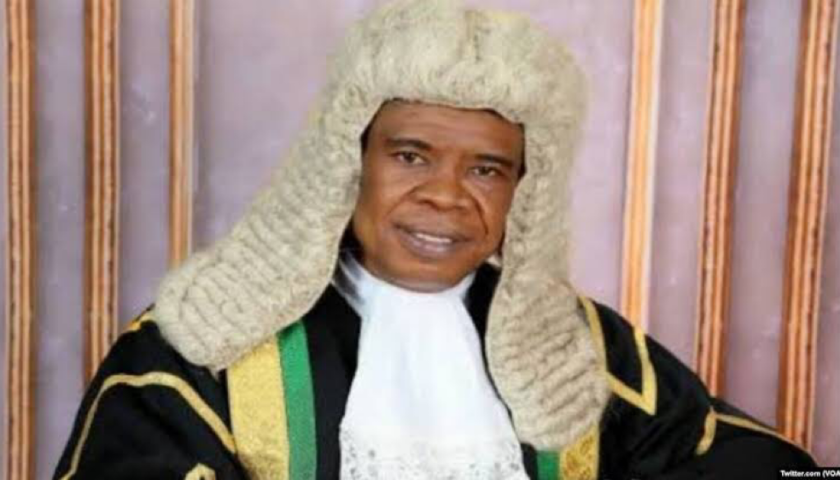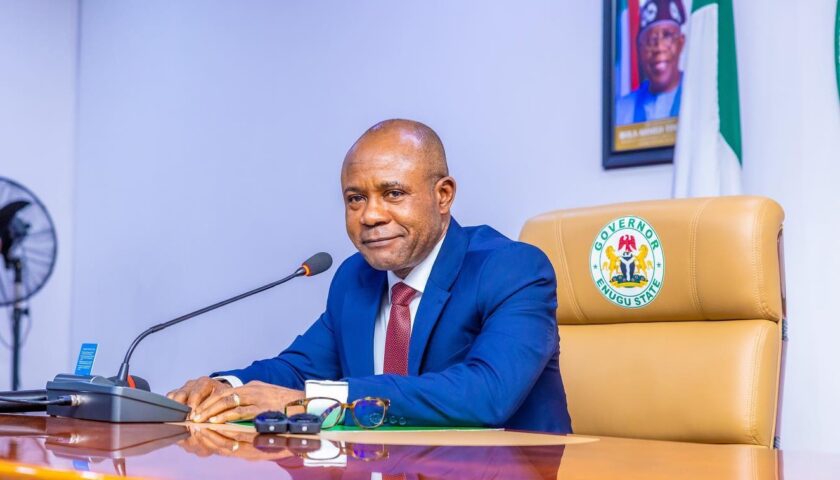Nigeria’s Minister of Finance, Budget and National Planning, Zainab Ahmed, has disclosed that the government borrowed N6.7tn between January and November 2021. She said the figure is made up of N5.1tn domestic debt and N1.6tn. The domestic debt she further explained includes borrowing from the Central Bank of Nigeria (CBN).
It would be recalled that the Debt Management Office (DMO) in March 2021, disclosed that the country’s total public debt stock was N32.9tn as of December 2020. An additional N6.7tn loan means the total public debt stock would be about N39.6tn as of November 2021. The DMO had disclosed that the country’s total public debt increased to N33.1tn at the end of the first quarter of 2021, from N32.9tn in December 2020, showing an increase of about 200bn.
It is also on record that at that second quarter of 2021, the total debt stock rose by N2.4tn to N35.5tn by June 2021. The increase continued by N2.5tn to hit N38tn by Q3 2021, which was the last figure provided by the DMO. But based on the minister’s presentation, there was an increase of N1.6tn from September to November 2021 alone.
Even though the Senate had said it would curtail federal government borrowing in the new year, the minister defended government borrowing and the country’s debt level, arguing that the country had a revenue challenge, and not a debt problem. According to her, the debt level was still within sustainable limits.
Ahmed added, “This is to restate, that the debt level of the Federal Government is still within sustainable limits. Borrowings are essentially for capital expenditure and human development as specified in Section 41(1) a of the Fiscal Responsibility Act 2007.
“Having witnessed two economic recessions we have had to spend our way out of recession, which contributed significantly to the growth in the public debt. It is unlikely that our recovery from each of the two recessions would have been as fast without the sustained government expenditure funded partly by debt.”





